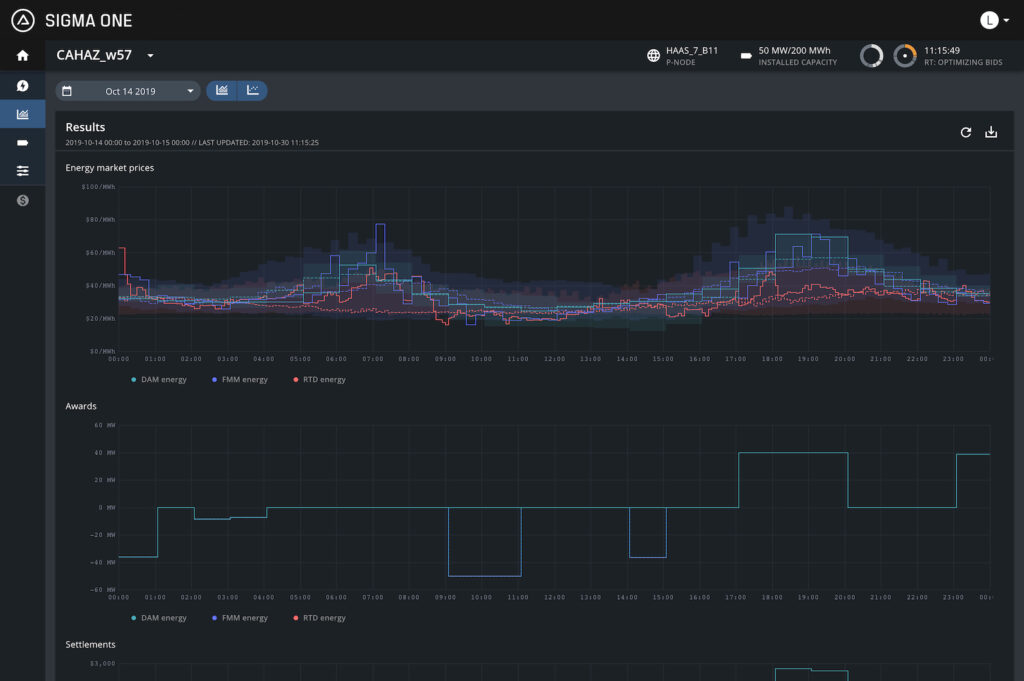
A boost for investment in battery energy storage in much of Australia is strongly expected to come from 1 October onwards, when new National Electricity Market (NEM) rules come into effect.
The change primarily concerns the introduction of Five-Minute Settlement (5MS) of wholesale electricity market prices in the NEM, replacing the 30-minute wholesale electricity spot market settlement period rule which has been in place since 1998.
Enjoy 12 months of exclusive analysis
- Regular insight and analysis of the industry’s biggest developments
- In-depth interviews with the industry’s leading figures
- Annual digital subscription to the PV Tech Power journal
- Discounts on Solar Media’s portfolio of events, in-person and virtual
The Australian Energy Market Operator (AEMO) had determined in 2017 that the rule change was coming. It had been scheduled for introduction in mid-2020, but the COVID-19 pandemic caused AEMO to delay it until this October.
In a statement at the beginning of this month, the Operator and then later the regulatory Australian Energy Market Commission (AEMC) confirmed that 5MS was on-track to be introduced as rescheduled.
AEMC also announced last week that it has drafted rules that will govern payment and incentive mechanisms for frequency response to keep the electricity grid stable and functioning properly.
5MS is set to be “massive” for battery storage, Energy-Storage.news heard earlier this year in an interview with Lillian Patterson, policy and regulations expert at Australian national trade group, the Clean Energy Council.
The NEM has five minute electricity dispatch markets in Australia already, but the price associated from one window to the next is averaged out over 30 minutes. So if a battery asset’s stored energy is dispatched into the market over a five-minute period when the price is high, but the price then drops, the battery asset operator effectively gets a lower payment than the power was worth at the time.
“So it doesn’t incentivise fast technologies like [battery storage] that tries to come in, in those short periods of time, when they could be needed, because they would not get that high price. It could be much, much lower. 5MS will move it to not be this average over the 30 minutes, it will mean that if you bid during that five minutes, you will get dispatched at that price, you’ll be settled at the price in that five minute period,” Patterson said.
“So it’s really providing another incentive for those fast technologies to come in as needed for short periods of time. That can be massive.”
Battery storage companies have had time to prepare and look set to implement their own changes to capitalise on the new opportunity. In May this year, Matt Penfold, a VP of business development at energy storage technology provider and system integrator Fluence said in an interview that his company had a “whole software change roadmap in place” and was “counting down the days” until 5MS came in.
Most fossil fuel generators, being much slower to respond to grid and market signals than battery storage which can respond in milliseconds, will find it difficult to compete, Penfold said.
“A storage resource which can run in a matter of milliseconds, or inverter-based solar resources, are able to move really flexibly. Whereas if you’re running a combined cycle [gas turbine] or a slower moving unit, it’s tougher. You have minimum run times and ramp up times, for which you need to prepare well in advance and have the asset up and running in terms of making unit commitment decisions that can be 12 hours in advance,” Penfold said.
Penfold also said that AEMC’s work to roll out incentives for frequency response — which it announced it was working on in March before publishing last week’s draft rules — would be an important bolster to the investment case for batteries on the grid in Australia. The AEMO is also introducing other rule changes to remove barriers to participation for battery storage in the NEM which it announced in July.
The AEMO did say that it expects that as well as batteries, gas peaker plants could also respond quickly enough to market signals to benefit from 5MS.
In a statement earlier this month, 5MS was described by AEMO chief market services officer Violette Mouchaileh as “an important market reform that reflects the evolving energy system,” as well as “an initiative that aligns very closely to AEMO’s priority areas as we navigate the energy future to the benefit of the market and all consumers,” coming as it did after extensive consultation with stakeholders”.
Also on the way is a new Global Settlement (GS) framework to settle the wholesale electricity market, intended to eliminate the competitive advantage that entrenched local supplier. That is getting a soft launch this October, ahead of introduction in May 2022.
Last year, Jeff Renaud, Asia and Oceania managing director at Enel X, the energy storage and digital energy arm of Enel, told Energy-Storage.news that the coming changes will help “shift the market towards a low carbon future,” and offer improved price signals before the critical 2021-2022 summer period ahead.






